10/12/08 – No, those trees aren’t dying – they’re tamaracks, the only deciduous conifer in the boreal forest. While they blend in with the rest of the evergreen conifer stands for most of the summer season, fall is the time when tamaracks shine. This past week, the stand down near the Grade road suddenly turned an arrestingly deep gold color, which will keep for a few short weeks before the needles fall off and leave the trees as bare skeletons for the winter months.
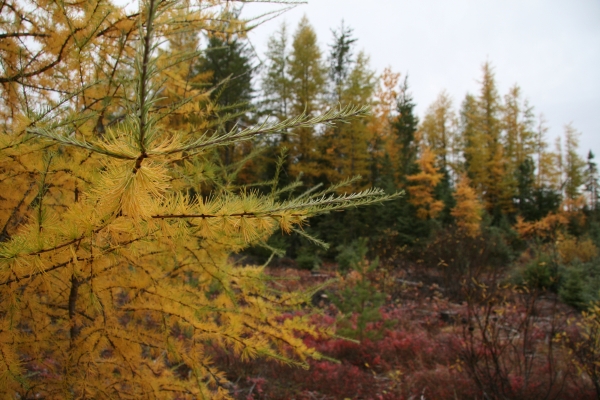
A tamarack shows off its needle tufts, beginning to change from pale green to autumn gold. Its cousins in the background now have no problem distinguishing themselves from all those other conifers.
Some tamarack (Larix laricina) facts from Mark Stensaas’s book Canoe Country Flora: Tamaracks are in the larch family. They thrive in boggy areas, and they grow farther north than any other tree in North America – up to 67 degrees north latitude. Their rot-resistant wood was once prized by ship builders and used as telegraph poles and railroad ties. The inner bark and sap are also said to have healing properties when used as compresses for burns and to heal wounds. During the summer, you can identify tamaracks from afar by their slightly brighter, paler color (since they grow all new needles every year) and the “fuzzy” quality lent by the tufted needles that grow with twenty to forty one-inch needles per fascicle. – Molly.
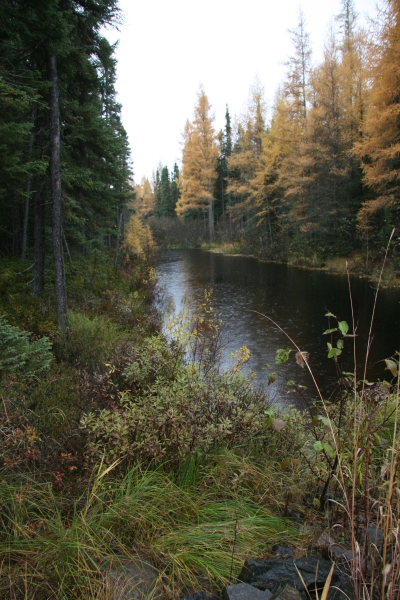
This stream crosses the Sawbill Trail about seven miles south of the lake. I came upon it in a drizzle that highlighted the variety of fall colors along the banks.
Category: Blog
I met Harold Paulson and his first wife Norma while pausing for a golden tamarack
10/11/08 – I met Harold Paulson and his first wife Norma while pausing for a golden tamarack photo shoot yesterday morning at the crossroads of the Sawbill Trail and The Grade (Forest Road 170). They had stopped to reminisce at the site of the old Sawbill CCC camp, which was just west of that intersection (maybe you’ve seen the commemorative sign there).

Harold and Norma Paulson of Northfield, MN.
Harold lived at the CCC camp while working for the Forest Service during the summers of 1946 and 1947, when he was a student at the University of Minnesota. He described that sleepy forest road as a community, complete with barracks buildings. His crew’s main job was to combat white pine blister rust and to clear space for logging roads, but his most vivid memory of his time working on the Sawbill Trail was the Plouff fire in ’47. He was the first person to report that fire, and it burned hot and fast: at one time during the week that it burned, there were three hundred people fighting it.
Harold remembered that his crew made good use of their occasional time off. He recalled driving down the railroad grade (now The Grade road) to Crescent Lake to fish with his buddies. No one else fished there, because there was no road access to it. He remembered one particular day when the group had five people and two canoes, and they drew straws to see who had to be the odd man out and stay on shore to fish. Out on the water, they heard a shout from the guy they’d left on shore – he had caught six four-pound walleyes on six consecutive casts!
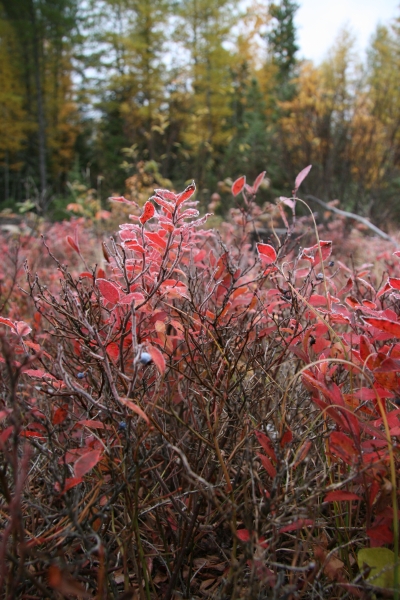
After Norma and Harold drove on, I paused to notice the delicate frost edging on the leaves of this brush. It took a while before I noticed that they are the fall incarnation of blueberries, with some berries still attached. – Molly.
Sawbill crew member Eric Frost (“Frosty”) and guides Dave Freeman and Amy Voytilla have begun the third leg of their journey across the continent of South America.
10/7/08 – Sawbill crew member Eric Frost (“Frosty”) and guides Dave Freeman and Amy Voytilla have begun the third leg of their journey across the continent of South America. The Trans-Amazon Expedition started in March 2007 on the Pacific Coast of Peru with a bike ride over the Andes. The adventurers continued by paddling down Amazon tributaries during a second trip in the spring of 2008, finally making it to the Amazon River itself.
This trip, they are picking up where they left off – in Manaus, Brazil. They will paddle their Wenonah canoes over 1,000 miles to the mouth of the river, seeking out wildlife and talking with local people along the way. You can follow their adventures on their website or on their travel blog.
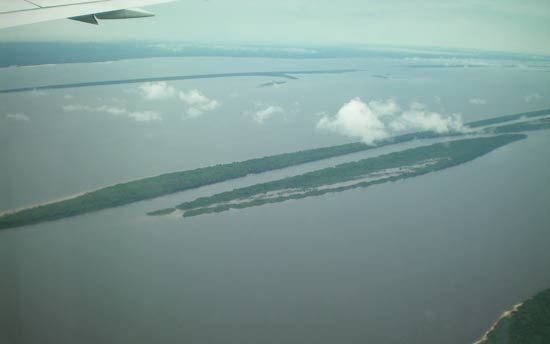
Their first glimpse of the Amazon as the group flew into Manaus on Sunday.
The non-profit organization started by Dave and Frosty, the Wilderness Classroom, allows them to take thousands of elementary school students along on their journey via their interactive website, wildernessclassroom.com, which includes podcasts, videos, polls and surveys, and free downloadable curricula for teachers who want to incorporate the Learning Adventure into their classrooms.
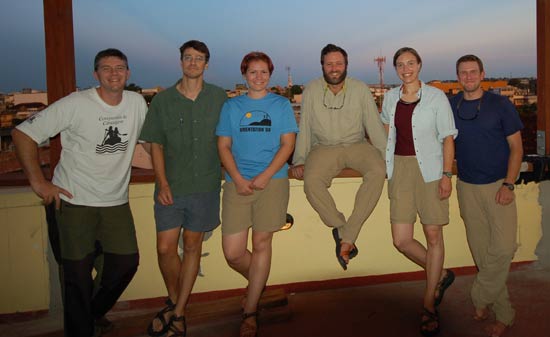
The Trans-Amazon Expedition Part 3 Learning Adventure Guides gather upon arrival in Manaus, Brazil: Brazilian biologist Tony Osse, entomologist and ecologist Jay Bancroft, BWCA Wilderness Ranger volunteer Anne DeCock, Dave, Amy, and Frosty.
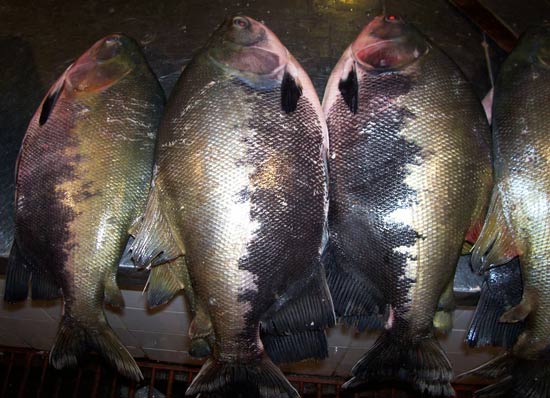
The tambaqui that Frosty and Amy found in the market in Manaus are a far cry from their last Sawbill walleye! – Molly.
This morning we awoke to a sparkling sheen that coated every upturned surface.
10/4/08 – This morning we awoke to a sparkling sheen that coated every upturned surface. Clear, starry skies last night finally allowed the low temperature to dip down below thirty degrees, and the first frost of the season was upon us. – Molly.
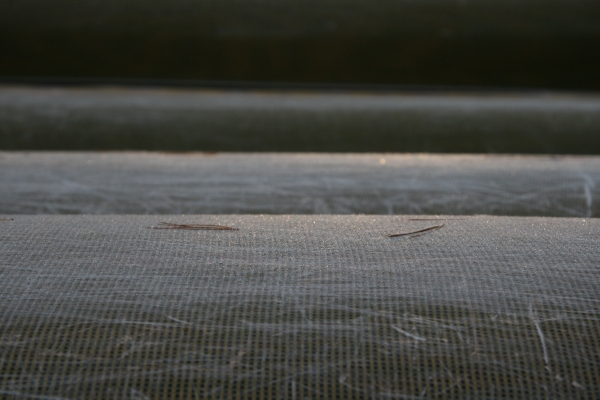
A thin layer of ice crystals on the Bell Seligas glistens in the morning sun.
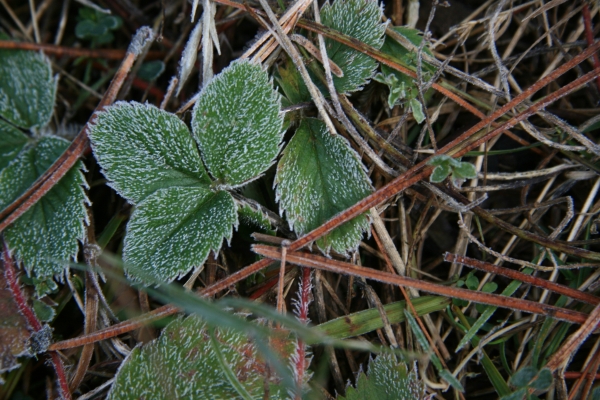
Strawberry plants near the store show off their new finery.
Long-time Sawbill customer Lloyd Geving sent us this beautiful vista
10/3/08 – Long-time Sawbill customer Lloyd Geving sent us this vivid landscape, captured at the Tofte overlook during his trip up to visit us last weekend.
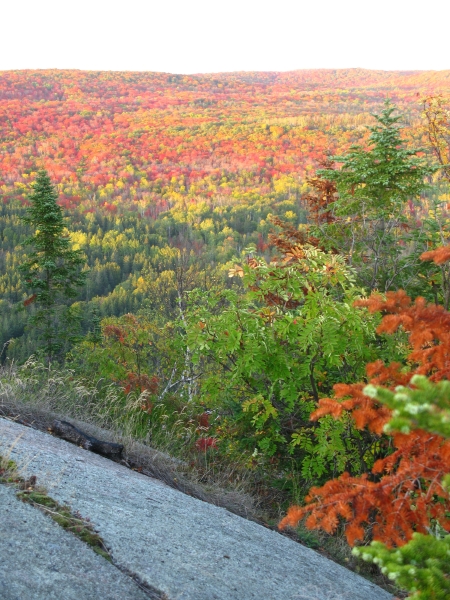
Mingled birches and maples make for a beautiful autumn sea of color. Thanks for sharing it, Lloyd! – Molly
Fall is in full swing here at Sawbill.
9/30/08 – Fall is in full swing here at Sawbill. Every day we notice a new tree that has shrugged off its summer greens in favor of pale yellow, rusty orange, or brilliant red. On my walk with the dogs a few days ago, I noticed that not only the deciduous trees are losing their leaves – the “evergreen” conifers are also contributing to the fall color.

This beautiful carpet of needles settles in around the rocks under a white pine down at the landing.
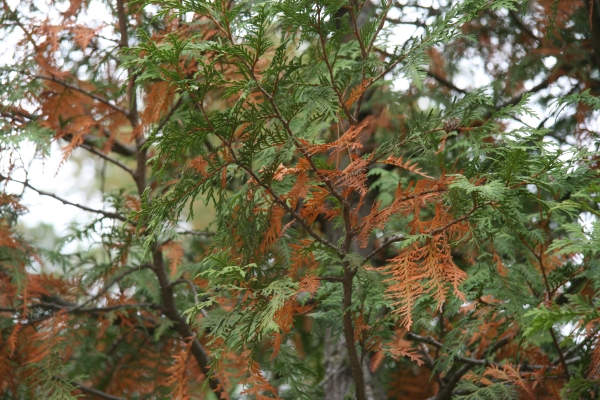
Cedars are also losing their interior needles, causing a soft rusty orange glow in the sunlight around the edge of the lake.
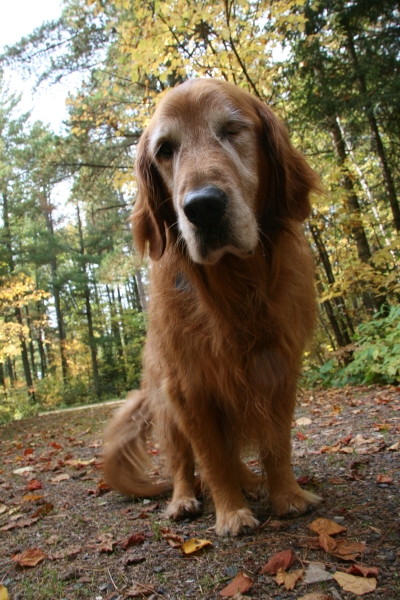
Homer was dressed in his seasonally-appropriate autumn hues for the occasion.
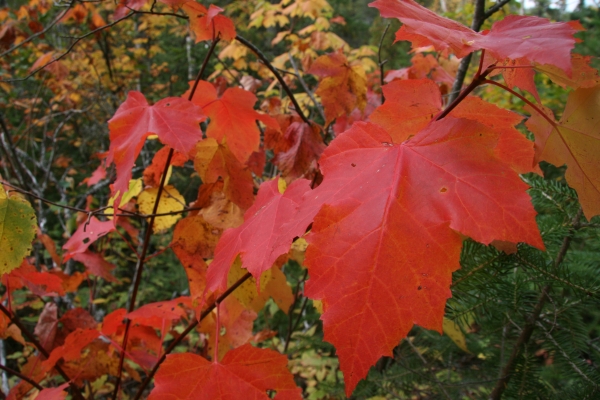
The moose maples are still stopping us in our tracks with their brilliance. – Molly.
The brilliance of the fall leaf color is at its peak.
9/28/08 – The brilliance of the fall leaf color is at its peak. It doesn’t seem to matter how many autumn seasons you already have under your belt, the colorful closing serenade of summer will take your breath away every time. Blissful fall afternoons have already succeeded in wooing plenty of peace-seeking travelers into spending their spare moments driving the back roads of the north woods or paddling the lakes of the boundary waters. Predictably, the traffic through Sawbill has calmed since the summer, making September the perfect time to squeeze in one more canoe trip. – Caitlin

This taste of the fall canopy shading the Sawbill trail is brought to you by our very own Lee Noble.
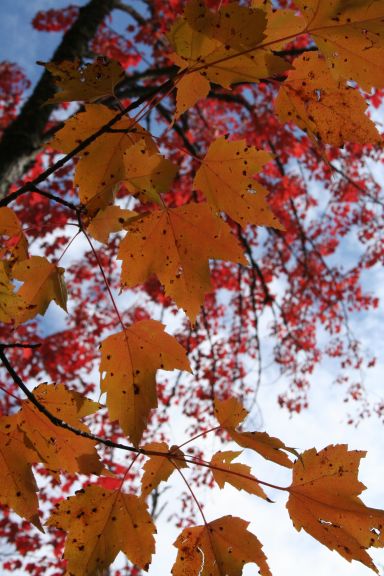
David Coauette sent along the following note and picture today:
9/19/08 – David Coauette sent along the following note and picture today:
Dave, Ben, Dan & LeRoy spent last weekend enjoying some canoeing and caught several walleye as an added bonus. What a spectacular moonlit weekend and a great time was enjoyed by all.
Thank You Sawbill!
David Coauette
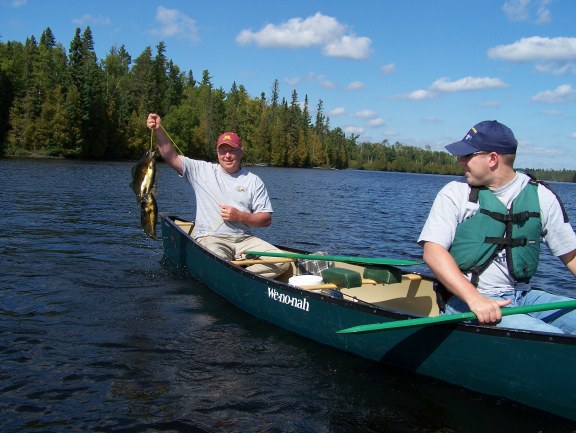
9/10/08
9/10/08 – Phillip Martin of Chicago sent us these wonderful cow moose photos taken between Sawbill and Cherokee only a few days ago.
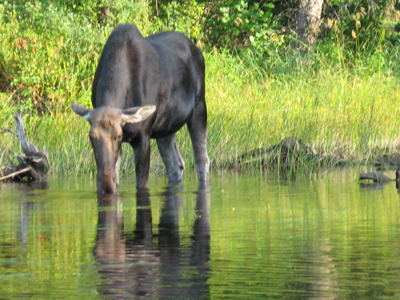
Crisp, calm mornings and evenings signal fall’s arrival. The temperatures have not yet dipped below freezing, but the foliage is beginning to show signs of autumnal brilliance. Birch are beginning to yellow and the reddening moose maples create a dramatic contrast to the green backdrop of the boreal forest.
Moose sighting: Elisha Polomski just wrote us
9/6/08 – Moose sighting: Elisha Polomski just wrote us to share this account and photograph from her BWCAW trip with Jeffrey Thieret in August.
“The fellow in the attached photo hung out snorting and chewing grass all day long at Elton Lake! When we woke up the next morning he was still there, seemingly unafraid of our presence!” she wrote. What luck! The pair also heard wolves howling at night. Elisha said they had a great trip; they just wished it could have been longer. – Lee
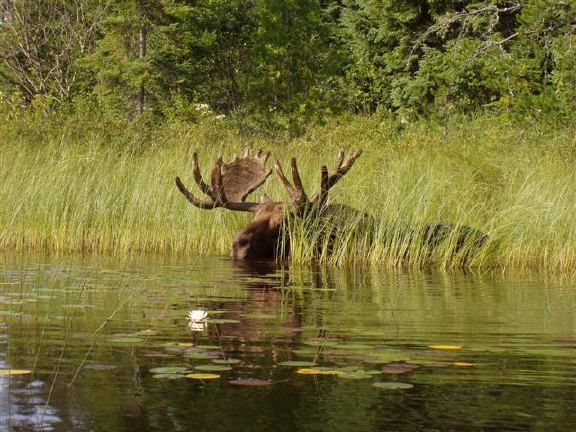
Not often do you get to see a moose up close, let alone a bull with such great antlers.
